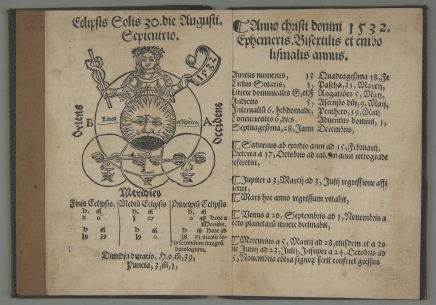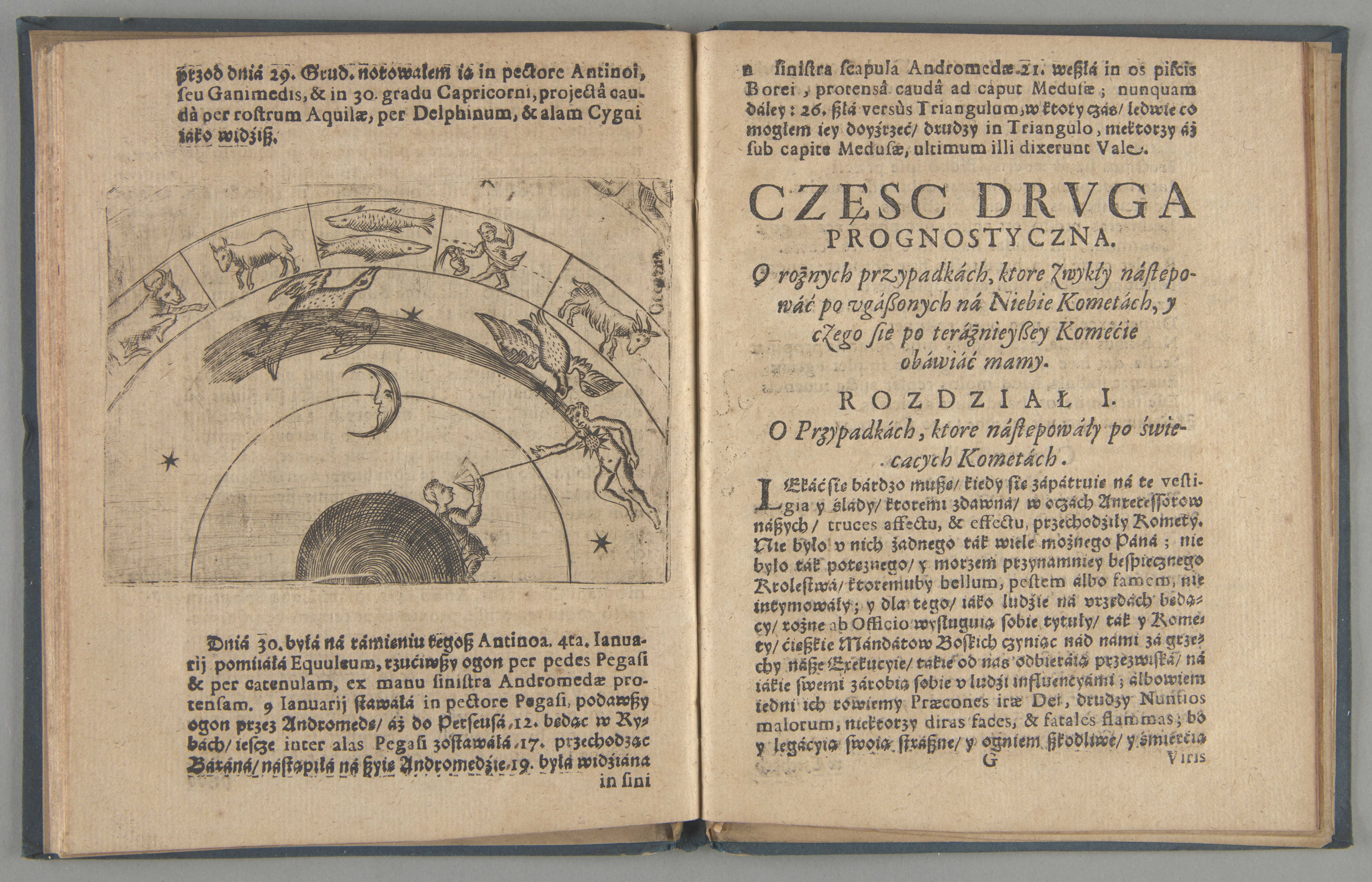The Hutten-Czapski Museum
ul. Piłsudskiego 12, 31-109 Kraków- Monday: closed
- tue : 10.00-18.00
- wednesday-sunday: 10.00-16.00
Information and reservations on weekdays 9 a.m.- 4 p.m.
The Director of the National Museum in Krakow
Deputy Director for Programme Activity
Deputy Director for Strategy and Communications
Deputy director for the Management
Chief Accountant
Chief Cataloguer of the National Museum in Krakow
Chief Conservator

Exhibition of Old Polish Calendars at the Emeryk Hutten-Czapski Museum
We are constantly keeping track of time – checking the time, crossing off days in a new calendar that we acquire every year, be it a wall calendar, pocket calendar, office calendar... People sometimes feel enslaved to the passing of time.
The division of the year into days, weeks and months is due to the recurrence of astronomical phenomena. As archaeological findings testify, mankind has been interested in defining the dividing lines between these periods since time immemorial. Very ancient traces of the calculation and creation of rules for the division of time remain in numerous historical testimonies. Europe and almost the entire world now use the Gregorian calendar, a 16th century modified ancient Roman calendar. Since the Middle Ages in Europe, astronomers and astrologers, often university professors, have kept track of time. Complicated calculations and charts which were supposed to facilitate orientation in the incoherent solar and lunar calendars remain. The belief in the direct influence of the Cosmos on life on Earth and insight into the mysteries of the calendar lead astrologers to draw conclusions on future fortunes from them – this is how prognostics and horoscopes were drawn up. Modern times have brought widespread access to a carefully calculated calendar, enhanced by additional information.
Old Polish calendars are not only lists of the days of the year divided into months and weeks, with astronomical data such as dates of moon quarters, times of sunrise and sunset, reigning zodiacal signs, or dates of Christian moveable feasts. A variety of information was added to them to form a series of guides and readings on subjects of interest and need to all citizens, regardless of age or social standing. Astronomical, economic, political, historical, civic, calendars for ladies and for various organisations and others were printed, showing the time according to the Gregorian, Julian, Hebrew and Armenian calendars – in order to ensure proper information for all national and religious groups in the Polish-Lithuanian Commonwealth. In addition, they contained readings on the history of the Polish Crown and the Grand Duchy of Lithuania, presented the administrative division of the country and lists of officials, illustrated genealogies of dynasties ruling in Europe and gave the reader – something which is often surprising to us today – prognoses and advice on almost every area of life, with particular attention to health, nutrition and daily hygiene.
The calendar – just like today – was also a place to note down current affairs. In the Museum's collection, there are calendars with many added pages, filled with notes of their owners, showing the day-to-day routine of their lives. This exhibition of several dozen calendars from the 16th to the 18th century shows the changes that occurred at that time in the character and treatment of this useful object.
